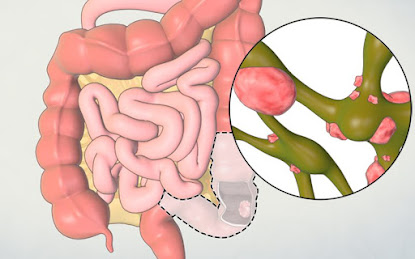Understanding APR – Procedure and Recovery

When it comes to treating certain types of rectal cancer or severe anal conditions, surgeons may recommend a procedure called Abdominoperineal Resection (APR). Though it’s a major surgery, it can be life-saving and improve quality of life when other treatments are not effective.
What is Abdominoperineal Resection (APR)?
APR is a type of major surgery used to treat cancers of the lower rectum and anus. During the procedure, the surgeon removes:
- The rectum
- The anus
- Part of the sigmoid colon
Since both the rectum and anus are removed, the surgeon creates a permanent colostomy an opening in the abdomen through which waste exits the body into a colostomy bag.
When is APR Recommended?
APR is typically recommended in cases where:
- The cancer is located very low in the rectum or anus
- Sphincter-preserving surgery is not possible
- There is involvement of nearby structures, making local excision inadequate
- Anal cancer is unresponsive to chemoradiation
Common conditions requiring APR include:
- Low rectal cancer
- Anal canal cancer
- Crohn’s disease-related perianal complications
- Recurrent rectal cancer
The Procedure: What Happens During APR?
The surgery is usually performed under general anesthesia and involves two main surgical steps:
1. Abdominal Phase:
- The surgeon makes an incision in the abdomen.
- The sigmoid colon and rectum are carefully removed.
- A colostomy is created in the lower abdomen.
2. Perineal Phase:
- The anus and surrounding tissue are removed via an incision in the perineum (area between genitals and anus).
- The wound is then closed, sometimes with the help of muscle flaps.
Surgical techniques may be open, laparoscopic, or robotic, depending on the case and the surgeon’s expertise.
Recovery After APR: What to Expect
Recovery from APR is significant but manageable with the right support and care.
Hospital Stay
- Most patients stay in the hospital for 5–10 days.
- Pain is managed with medications.
- You’ll begin learning how to care for your colostomy.
At Home
- Recovery at home takes 4 to 6 weeks, or longer in some cases.
- It’s essential to follow a balanced diet, avoid heavy lifting, and keep the perineal wound clean.
- Regular follow-ups are required to monitor healing and check for recurrence.
Colostomy Care
- A stoma care nurse will guide you through how to manage your colostomy.
- With practice, most patients regain confidence and independence in daily activities.
Emotional and Psychological Adjustment
Adapting to life after APR can be emotionally challenging. Many patients experience concerns about:
- Body image
- Sexual health
- Lifestyle changes due to the colostomy
Support groups, counselling, and stoma education programs can help ease this transition and provide long-term emotional support.
Living Well After APR
Abdominoperineal Resection is a major surgery with a permanent change in how the body eliminates waste, but it can be a life-saving and life-extending treatment for low rectal and anal cancers. With expert surgical care, patient education, and support, patients can return to an active and fulfilling life.
If APR has been recommended for you or a loved one, discuss all concerns with your surgical oncologist. Understanding the procedure, preparing for recovery, and knowing what to expect are key steps in facing this journey with confidence.
